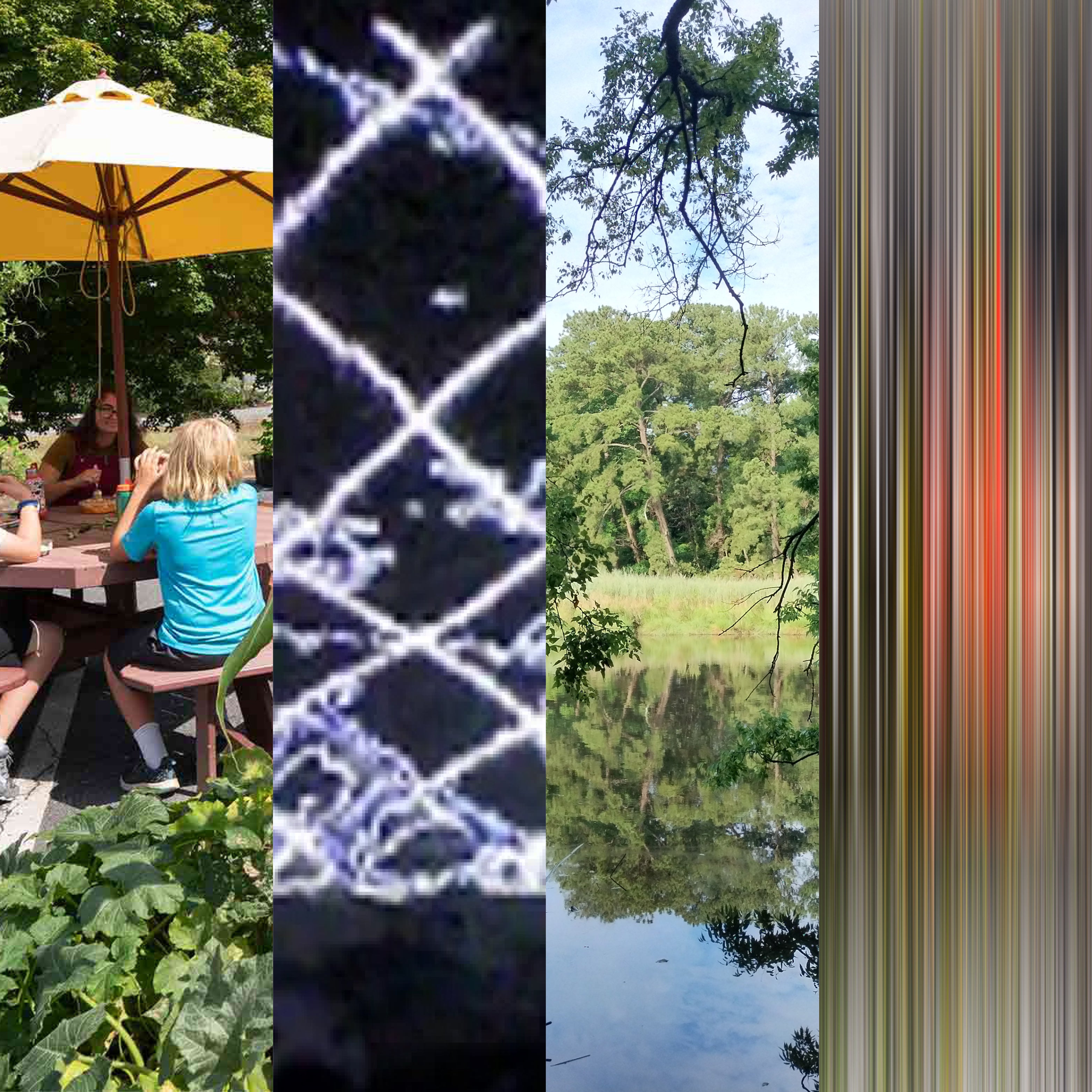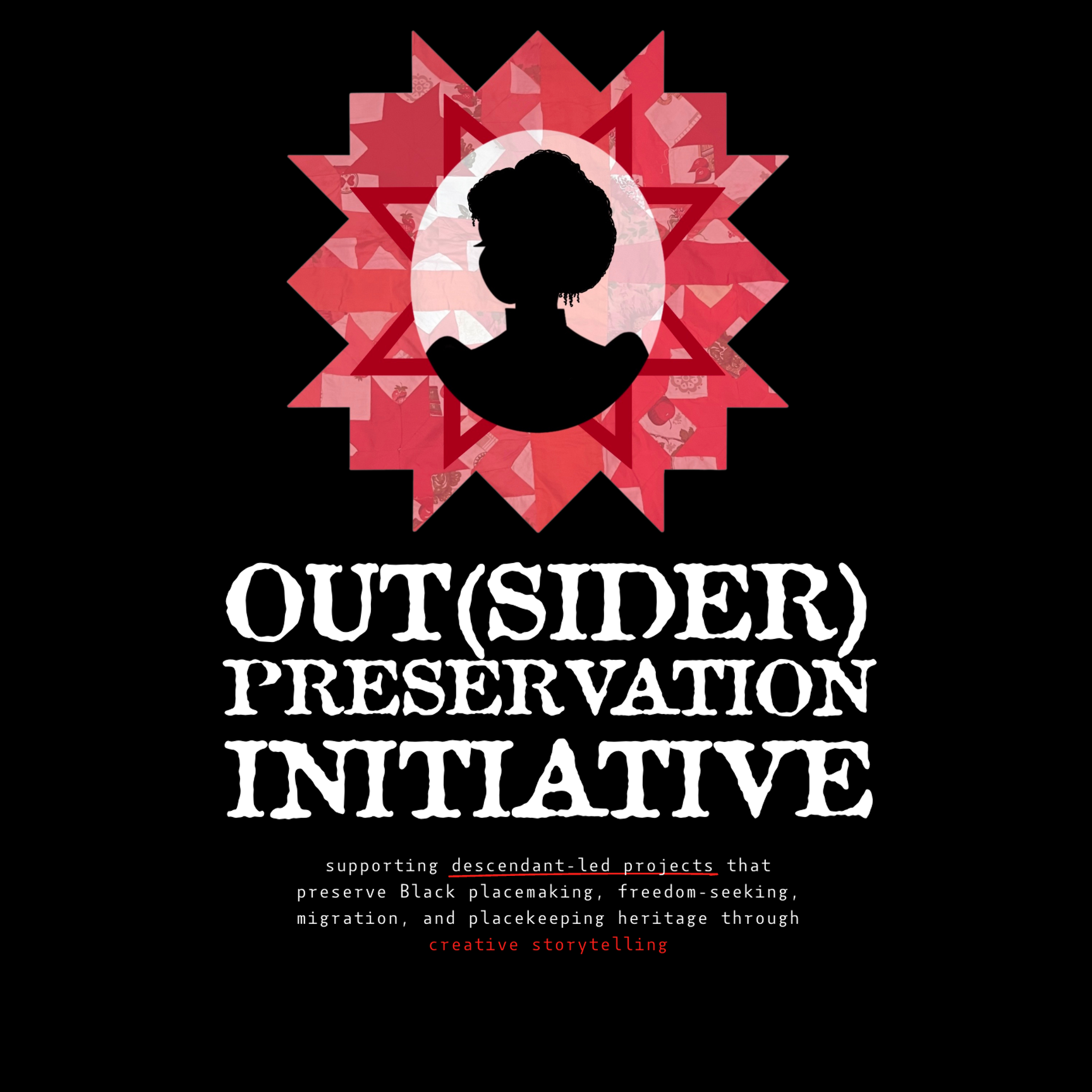
Jessica Sewell and Andrew Johnston publish on the troubled heritage of historic preservation in the U.S.

"The Troubled History of Historic Preservation in the United States"
in Conservation and architectural heritage: Voices from the world
(2024)
Associate Professors Jessica Sewell (Urban and Environmental Planning) and Andrew Johnston (Architectural History and Director of the Historic Preservation Program) recently co-authored a chapter titled "The Troubled History of Historic Preservation in the United States" published in Conservation and architectural heritage: Voices from the world. The book, published by Sapienza University Press and edited by Simona Salvo, is available as an open-source download and in English and Italian.
The volume collects the results of a series of international seminars organized during the pandemic within the courses of the Post-graduate School in Architectural Heritage and Landscape of Sapienza University of Rome. It is a collection of records on restoration proposed by scholars, academics, and professionals active in various geo-cultural contexts, that aims at offering different approaches to the conservation of architectural heritage in the international context.
In their chapter, Sewell and Johnston excavate the history of historic preservation in the United States to better understand its shortcomings in addressing the pressing issues of heritage and history that are at the center of contemporary public debate. Through their essay, they tell two stories about the past and present of historic preservation in the U.S. — one focused on the history of preservation practice and the other on the relationship between preservation and history. Through these frameworks, the authors strive to not only understand why historic preservation practice in the United States takes the form it does, but also to imagine how American heritage practice might transform and more fully engage with central contemporary issues such as the history and legacy of race, racism, and slavery.
History and heritage are tightly bound concepts. What we preserve as heritage is grounded in what we consider to be significant in our history...
Sewell and Johnston begin their essay unpacking how American historic preservation practice is codified in the 1966 National Historic Preservation Act (NHPA) and is tied to ideas of heritage from the mid-20th century. They write, "the term 'historic preservation' denotes a particular combination of events, institutions, laws, and regulations that have shaped how and what Americans preserve, and to a large extent how we understand and deal with issues of heritage."
Referencing the creation of the New York City Landmarks Preservation Law and the New York City Landmarks Preservation Commission, UNESCO and the Venice Charter, they trace how key events, laws, and institutions influenced, and continue to frame, historic preservation practice in the country with a focus on saving historic fabric.
Based on this focus, the practice, Sewell and Johnston write, has largely ignored politicized issues and social and cultural movements. The authors identify a critical disconnect between the profession of preservation and an engagement with the American public. Instead, throughout its history, historic preservation in the United States has prioritized the physical built work over the values and cultural identity embedded within the built environment.
Rather than engaging with the larger questions of heritage beyond the material, [historic preservation practice in the United States] remains centered on the physical integrity of the built environment.
While elucidating the history of this troubled context, the authors argue for a broadened focus that draws upon heritage ideas beyond the United States, with a particular promise held within academic programs training the next generation of American preservationists. This approach moves toward value-based approaches, and beyond 'the material' — reshaping preservation practice "around a non-heroic model of history." Sewell and Johnston elaborate that by "embracing a non-heroic view of history, and one that grapples with the intangible and the lost, as well as the material, [a future practice of historic preservation] can provide tools for addressing pressing contemporary social and cultural challenges."
...



